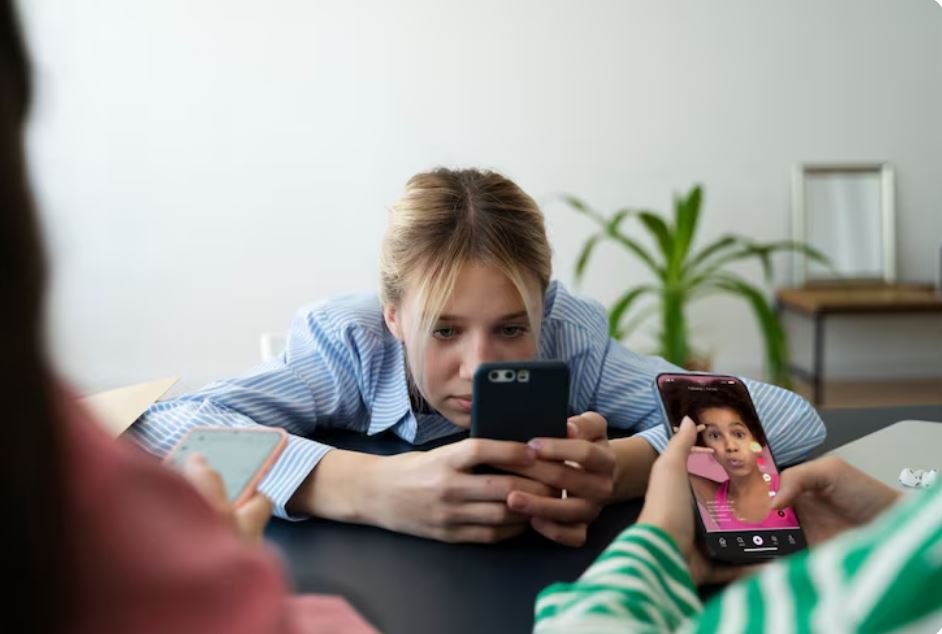
It begins innocently enough—with a quick look at what friends are up to, a morning scroll, or a giggle at a meme. However, a feeling of unease starts to develop within minutes. Remarkably quickly, the distinction between being informed and being overwhelmed becomes hazy. Every swipe offers an instant connection while subtly altering our perceptions of others and ourselves, making it feel both necessary and numbing.
According to Vox, social media has emerged as the new “WebMD for mental health.” Videos, particularly on TikTok, offer self-diagnoses that seem remarkably relatable: trauma, anxiety, depression, and ADHD, all of which are described in less than a minute. On the surface, seeing open discussion of mental health seems empowering. However, as psychologist L. Phillips pointed out, millions of people believe they are sick just because they experience human emotions because this digital self-diagnosis trend frequently conflates transient stress with chronic illness.
| Category | Details |
|---|---|
| Central Idea | Social media has evolved into an emotionally charged ecosystem that influences mental health, amplifying anxiety, comparison, and digital fatigue. |
| Key Issues | Self-diagnosis trends, body image pressures, cyberbullying, misinformation, and constant exposure to distressing content. |
| Psychological Impact | Triggers emotional burnout, FOMO, depression, and insomnia due to algorithmic overstimulation and endless comparison. |
| Demographic Most Affected | Teenagers, young adults, influencers, and professionals working in content-driven industries. |
| Key Research Findings | 44% of U.S. internet users report online harassment; 70% admit to feeling worse after prolonged social media use. |
| Notable Observations | Algorithms amplify outrage; users face “secondary trauma” through repeated exposure to tragedy and misinformation. |
| Positive Efforts | Rise of digital wellness movements, content filters, and “digital detox” practices to reduce harm. |
| Influential Voices | Vox, Shay Informed, Counseling.org, Mental Health First Aid, UC Davis Health. |
| Reference | https://www.vox.com/the-goods/pathologizing-adhd-how-mental-health-became-a-social-media-minefield |
The problem isn’t that mental health is being discussed more; rather, it’s that subtlety is conspicuously lacking. Algorithms encourage extreme emotional responses, rewarding the most dramatic displays of suffering or epiphany. Users are consequently presented with a distorted environment in which few people seem to be truly healing and everyone seems to be struggling. Platforms like Instagram, where performative vulnerability coexists with the desire for perfection, have exacerbated this phenomenon.
According to UC Davis Health, being surrounded by well-curated lives all the time can make people feel inferior, alone, and envious. Every picture serves as a mirror reflecting our perceived lack of success, beauty, or purpose. A single “like” can initially produce a dopamine rush that feels incredibly powerful, but the subsequent crash frequently makes people feel even less satisfied. Our brains now link online validation to survival cues, which creates an addictive feedback loop that is hard to break, according to Dr. Dawn Bounds, a fellow in nursing innovation.
In this digital age, body image continues to be one of the most vulnerable battlegrounds. Comparison is a constant in beauty challenges, retouching apps, and filters. Under the pretense of authenticity, influencers display immaculate skin and toned bodies, leading viewers to strive for impossible ideals. It is especially harmful to young users who use altered pixels to gauge their own value. Therapist Mara Klein, who treats teenagers who struggle with self-esteem, claims that we have normalized illusions. “They always lose when they compare their behind-the-scenes footage to someone else’s highlight reel.”
Meanwhile, social media’s involvement in world events has led to what experts refer to as “secondary trauma.” Tragedies, such as mass shootings or political upheaval, cause feeds to explode with gory pictures and intense emotions. According to Shay Informed, this kind of overexposure results in “digital ambushes,” where users are left feeling traumatized and powerless by the constant display of violent images. This phenomenon is similar to the psychological impact of directly witnessing trauma.
Compassion fatigue is frequently the result of the emotional exhaustion that follows these experiences. People browse through upsetting posts until their empathy turns to indifference. Despite being protective, psychologists caution that this defense mechanism can become extremely isolating. The distinction between coping and caring starts to blur when tragedy turns into contentment.
The emotional risk is increased by cyberbullying. Nearly 50% of American internet users report having been the victim of online harassment, according to Mental Health First Aid. For many, it’s ongoing psychological warfare rather than merely name-calling. Body shaming, cruel comment sections, and harassment campaigns can all seriously undermine confidence. Selena Gomez and Billie Eilish are two celebrities who have acknowledged temporarily stepping away from platforms after experiencing anxiety and self-doubt due to online abuse. Eilish revealed, “I felt like I was being watched all the time.” “I could hear the noise even if I wasn’t online.”
Social media isn’t always harmful, despite these problems. In many instances, it has made information more accessible to all and paved the way for real connections. However, the issue occurs when involvement surpasses empathy. Emotion, particularly indignation, is what algorithms feed on. Posts that incite fear or rage have a much higher chance of going viral than ones that foster understanding. The end effect is a constantly tense digital environment.
The fact that comforting mental health content frequently makes anxiety worse is another unspoken irony. Breaking news, celebrity scandals, and political debates compete with motivational sayings and mindfulness exercises. Constant emotional switching shortens attention spans and causes focus to become fragmented. “Try meditating during a fireworks display,” says Dr. John Huber, an expert in digital behavior.
What then can be done? Experts support a methodical yet humane approach to online interaction that they refer to as “digital hygiene.” Remarkably successful strategies include establishing screen limits, unfollowing unfavorable accounts, and implementing “digital sunsets,” which involve shutting off screens an hour before bed. Within a week, researchers from UC Davis discovered that even short social media breaks greatly decreased stress and enhanced sleep patterns.
More drastic measures have been taken by some users. Emma Chamberlain, an influencer, talked candidly about her decision to stop using platforms, calling the relief “profoundly freeing.” To preserve mental clarity, some people, like Tom Holland, have put social media on hold. These choices demonstrate that balance is still achievable in an era of hyperconnectedness; they are acts of restoration rather than retreat.
However, users alone cannot bear all responsibility. Well-being must take precedence over engagement metrics on social media platforms. This entails more stringent moderation, open algorithms, and integrated content warnings for upsetting content. Although TikTok’s late-night usage alerts and Instagram’s “take a break” reminders are positive developments, their reach is still noticeably constrained.
In the end, awareness itself might provide the best defense. Users can intentionally disengage from content when they recognize when it makes them uncomfortable or makes them compare. Emotional balance is restored by substituting real-life interaction—conversations, pastimes, and time spent outside—for endless scrolling. These actions might not seem like much, but they have a big impact.
Although social media was designed to foster connections, it frequently makes us feel isolated. However, we can turn it from a minefield into a tool for understanding if we take back control of how we use it—by being intentional rather than reactive. “The goal isn’t to log off forever—it’s to log on with purpose,” says Dr. Huber. Even though it’s a small change, it may be the most significantly better way for us to take care of ourselves online.
